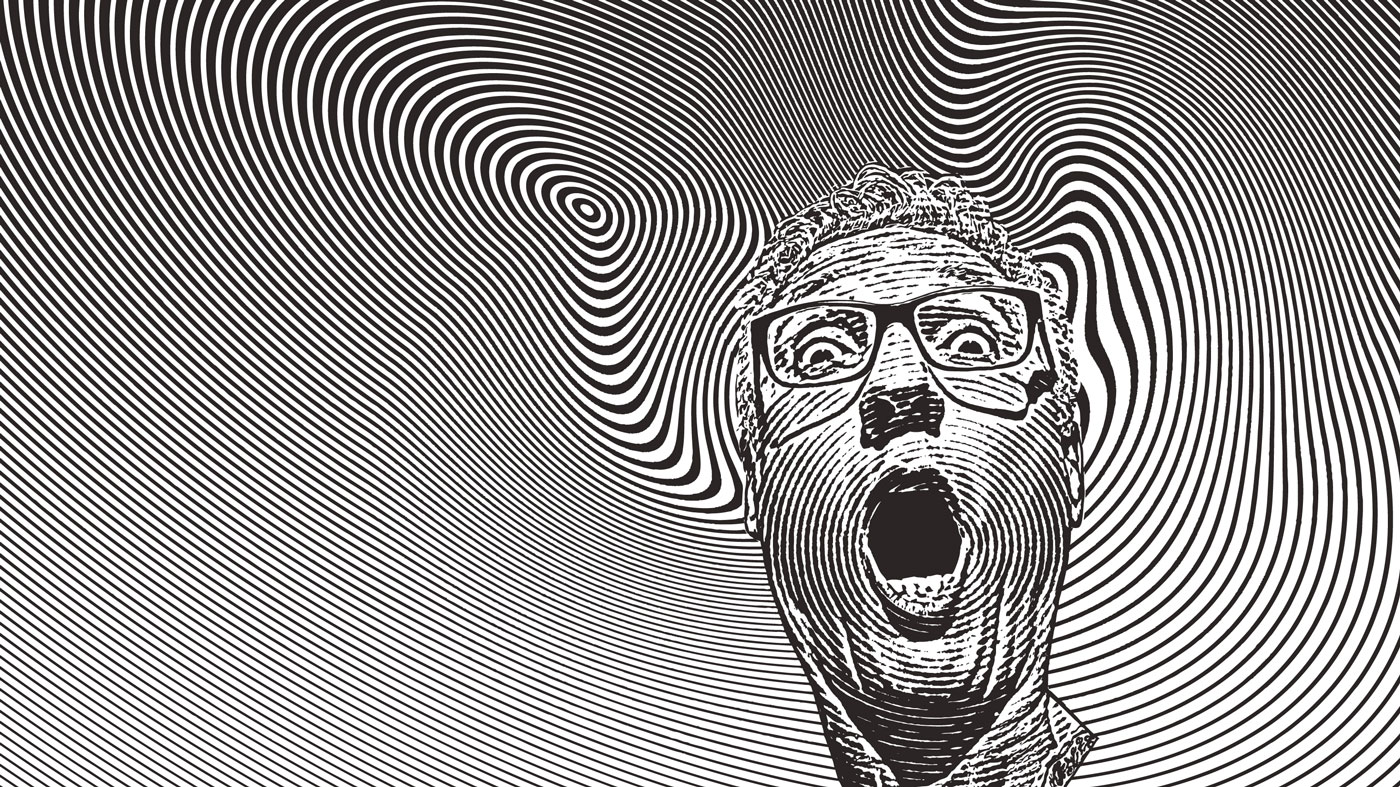How to draw a mighty roar
Create a roaring creature with these easy-to-follow tips.
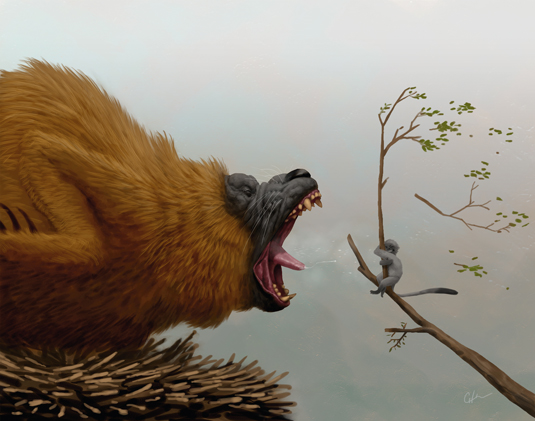
Before we start with tips for how to draw a roar, let's think about what roaring actually is. Many actions and emotions can be thought of as either energy expending or energy conserving. For example, yelling, cheering and roaring expend energy while sleeping, hiding and sadness conserve energy.
Energy-expending actions tend to stretch a person or animal out: reaching, pulling stretching out. In contrast, energy-conserving actions tend to compress in as you huddle, curl or squish into a ball. When character drawing, these are the basic principles that I keep in mind.
A big part of successfully showing the emotion in a roar is effectively exploiting lines of tension. What's moving when the subject is roaring, where are these parts located, and what anatomy restricts them from moving any further?
For example, on a roaring or yelling person, the mandible hinges at the top and pivots down from the palette as far as it can go until the muscles and skin covering it prevent it from opening any further. These opposing forces – the mandible trying to open and the cheek muscles and skin preventing it from doing so – are what cause the stretch.
Naturally, the greater the opposition of these two forces, the tauter the stretch. Look for these lines of tension and stretch them out to straight lines to exaggerate a good roar. Here's how to create a mighty roar...
01. Tense those muscles
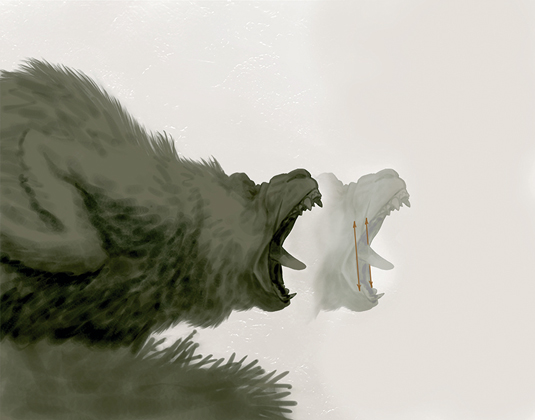
I emphasise the lines of tension around the mouth area to exaggerate the force of the roar. There's no better way to communicate stretching than with straight lines, which clearly say, "any tighter and this thing will snap."
02. Wrinkle the skin around the mouth
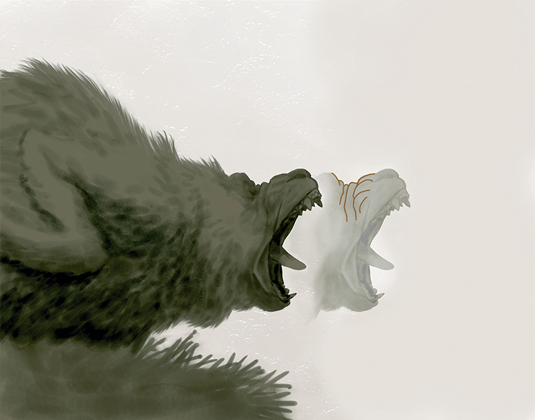
As the mandible pulls away from the palette and the mouth stretches open, the flesh and skin above and below the mouth should wrinkle and bunch up. You can see that the front of the muzzle is 'accordioning' in multiple directions.
Daily design news, reviews, how-tos and more, as picked by the editors.
03. Communicate character
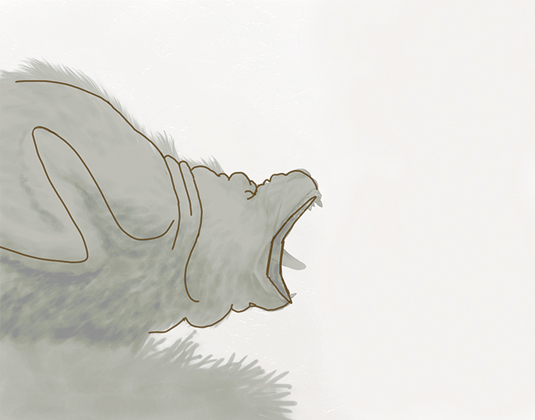
Think about motivation and emotion, and try to show that in every part of the body. I have my creature's shoulders up and arms back, elbows up to communicate force going forward. The mouth is open as wide as it can go.
This article originally appeared in ImagineFX, the world's leading magazine for digital artists. Subscribe here.
Read more:

Bobby Chiu has been a professional artist for over twenty years, and is the founder and creative director at Imaginism Studios located in Toronto. He specialises in concept art and character design, and also teaches on Schoolism.com.
